That it stands distinctively apart from its brothers, Night Terrors and Nightmares, indicates that there’s more to Sleep Paralysis than just the Hag Effect or the Incubus Effect as it is not so fondly yet aptly named. To get down to the basis of Sleep Paralysis, you might need to take a trip down bad memory lane to face the demons and clean up the closet of Sleep Paralysis. That it takes up vile names should not fall short of the gory impact considering the fact that “Hag” and “Incubus” bear the connotations of harlotry and a sex demon respectively…
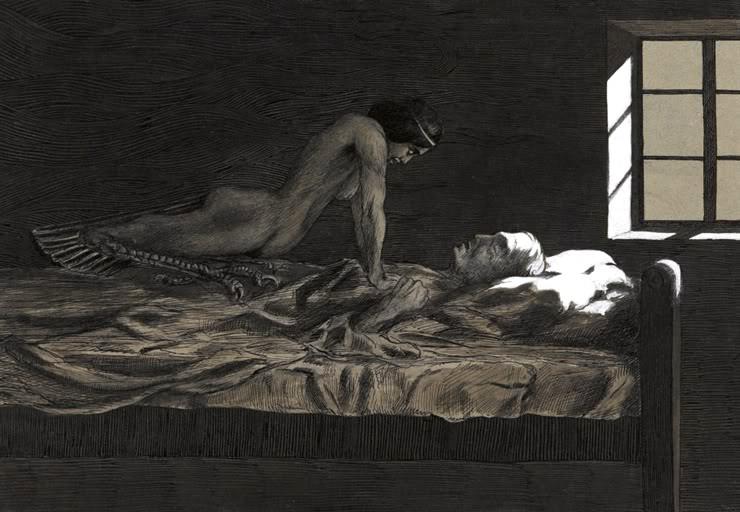
( Fritz Schwimbeck’s – My Dream, My Bad Dream – 1915 – Sleep Paralysis – Incubus Effect – Image Courtesy of en.wikipedia.org )
What to make of Sleep Paralysis – Identifying the Hag Effect
You know you’re sleep paralyzed when the imagery of your dream life from your sleep intrudes into your waking life upon arousal for that is how sleep paralysis manifests itself. Sleep paralysis is more common amongst the Narcoleptics but not even healthy typically normal sleepers are spared from the anguish of the Incubus Effect.
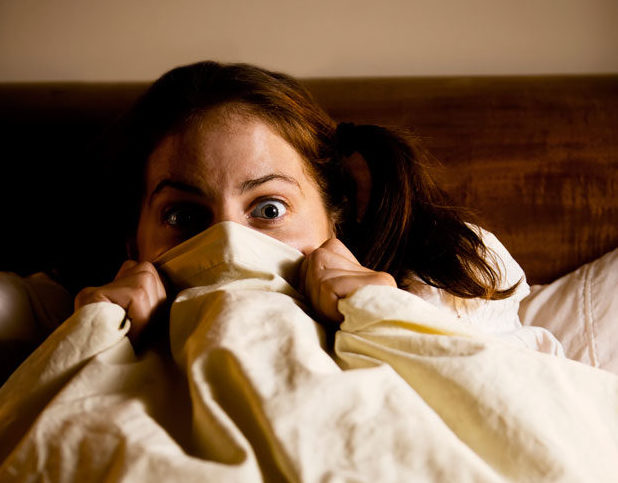
( Sleep Paralysis – Image Courtesy of flipboard.com )
As nature would so cunningly have it, dreaming typically takes place during the REM sleep phase which is associated with muscle numbness and muscle paralysis. This not being a mere coincidence but a well thought-out and calculated phenomena according to evolutionary scientists so that while in that dreaming state one does not have to practically and physically live out and act out their dreams; something that would otherwise see partners hurt their bedfellows as they hack with buckler, axe and sword the pirates in their dreams.
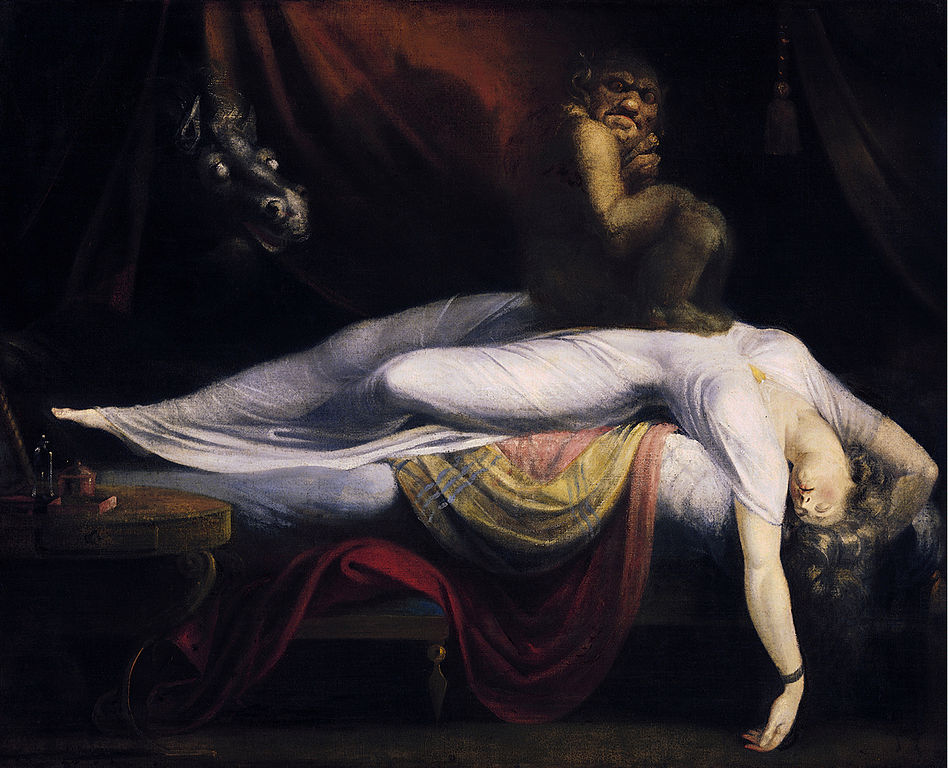
( Sleep Paralysis – John Henry Fuseli – The Nightmare-1781 – Image Courtesy of en.wikipedia.org )
However, there is an exception, as is the case in Sleep Paralysis where the dreaming state in REM sleep may very well intrude the waking state thereby leading to REM sleep paralysis. The result is an encumbering discombobulating fusion of wild and vivid dream life imaginations with waking life perceptions that leave the sleeper, you guessed it, paralyzed in terror and shock. Sleep Paralysis.

( Awake in Nightmare – Sleep Paralysis – Image Courtesy of www.cbsnews.com )
What are the symptoms of Sleep Paralysis?
You don’t necessarily need to see a hag or the God-forsaken Incubus to know that you were held captive by REM sleep paralysis… Some of the most common symptoms to thus look out for include:
- Terror – feeling extremely fearful and shell-shocked
- Immobility – inability to remain calm and held down, or even to move
- Heartbeat thumping hard – racing pulse rate and heavy heartbeat
- Pressure build up – in your abdomen, chest and throat
- Breathing difficulties – skipping a beat and breathing heavy out of shock
- Bizarre sensations – awkward gravity shifts and intense body sensations
- Hearing strange inexplicable sounds – crackling and buzzing sounds outside the norm of hearing patterns
- Strange sensations of not being alone – feeling the presence of another being in the room
- Supernatural sensations – feeling other beings or apparitions actually touch you or feeling their grip on you
- Supernatural visions – seeing other beings or apparitions move about in the room, witnessing nightmarish beings and unnatural figures
- Fully heightened mental awareness of the experience as being “very real”
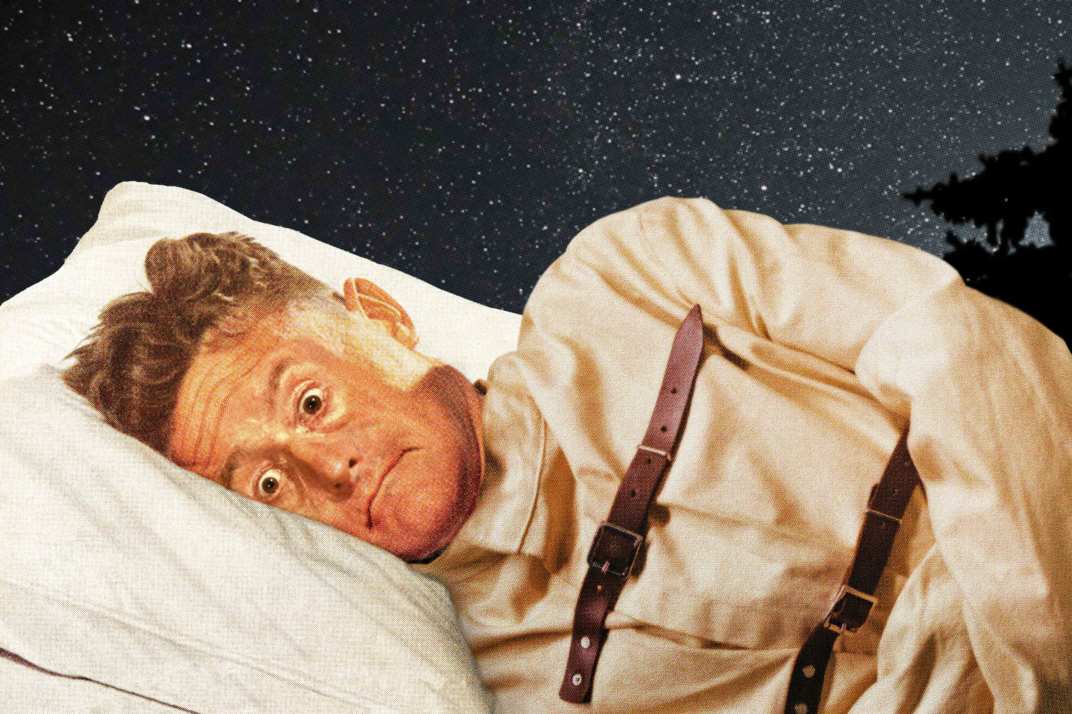
( Sleep Paralysis – Image Courtesy of nymag.com )
What is the biology behind Sleep Paralysis?
Commonly quoted is the saying that “During Sleep Paralysis, it is the mind that is aroused to an awakened state while the body remains in a sleeping state”…

( Sleep Paralysis – Image Courtesy of www.independent.co.uk )
You can relax and pop an Aspirin if you need to because as Biology would have it, Sleep Paralysis is apparently totally harmless and in fact just another naturally normal phenomena that occurs in the dreaming state of the sleep cycle. There should apparently be no cause for alarm unless if it is accompanied by observable symptoms of Sleep Apnea or even Narcolepsy in which case it should be a point of concern.
Relax, No, It’s NOT The Hag Or Incubus Who Paralyzed You…
You’ll be forgiven for thinking so, for when it does strike, sleep paralysis may very well leave you feeling like some supernatural being or apparition had held you captive and paralyzed…An ideology that is scientifically wrong and here’s why…
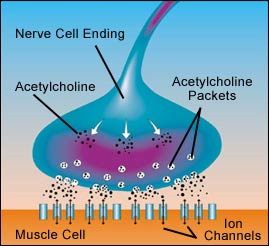
( Acetylcholine and Muscle Paralysis – Image Courtesy of www.viresattached.com )
Muscle Paralysis: During your sleep in the REM dreaming state, your brain is imbued by acetylcholine, a neurotransmitter responsible for the muscle paralysis as it suppresses your muscle tone in all the primary muscle groups that are typically not part of the Autonomous Nervous System (ANS); including – your heart, the lungs, and your intestines.
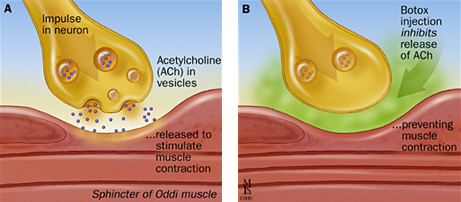
( Acetylcholine and Muscle Paralysis Mechanism – Image Courtesy of www.gainesonbrains.com )
Co-morbidities of Sleep Paralysis
Insomnia:
The possibility of actually losing sleep or the inability to fall asleep again could very easily crop up as a result of a sleep paralysis episode, and to no surprise given the terror and shock that accompanies the unnerving sensations you’re bound to undergo during and after an attack by sleep paralysis. This would consequently lead to additional secondary sleep disturbances and sleep deprivation through induced sleep disorders like Insomnia, not to mention that the odds of experiencing another sleep paralysis attack are further increased.
Hypnagogic Hallucinations:
Sleep Paralysis may very well be something straight out of the “Twilight Zone” as it knows no reservations in just how creepy, weird, and downright strange SP (short for Sleep Paralysis) can get… Case in point being yet another co-morbidity linking SP’s to the powerfully strong Hypnagogic Hallucinations (HH). When this combination occurs, the sleeper not only feels like they’re trapped in their own real-life episode of the “Twilight Zone” but also see themselves stark right in the middle of the goriest one.
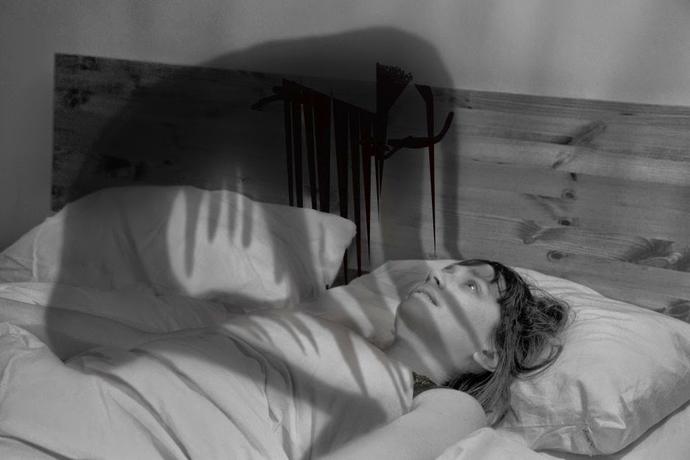
( Sleep Paralysis – Hypnagogic Hallucinations – Image Courtesy of www.girlsaskguys.com )
The terrifying scenario may be summarized as follows:
- The sleeper can certainly feel their body and feel the sensations, but they cannot move their body (due to muscular paralysis)
- The sleeper can even accurately perceive where they are sleeping in real waking life, but their visions and even senses are imbued with dreamy vivid imagery that is unreal but imagined (hypnagogic hallucinations)
- In this state, also known as REM Intrusion, the dreamer is in a state of mind that is nothing short of magical, surreal yet unreal, in what may be described as a hybrid state of consciousness which can only be compared to full spectrum dreaming, but with your eyes wide open…
- Not to burst the bubble, but in reality, and especially for the dreamer, this state is more terrifying than it is magical because their mind is awake but the body is asleep, therefore everything in that mostly usually horrifying REM intrusion dream is unreal but assumed, felt, sensed and perceived to be real.
- In this state, the dreamer’s fear is compounded, and what this does is only further concoct the dreamy yet vivid imagery into more terrifying perceptions and imaginations resulting in the dreamer conceiving the worst imagery possible.
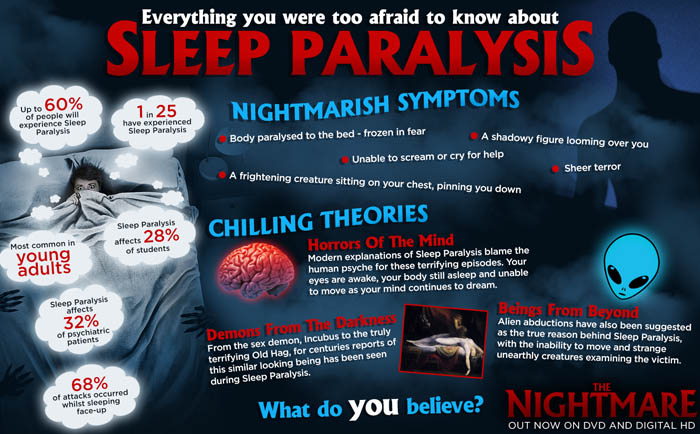
( Sleep Paralysis – Image Courtesy of nerdsleep.com )
What causes Sleep Paralysis?
It is a well known fact that an irregular erratic sleep-wake cycle is bound to cause problems in both waking and sleeping life, giving rise to common problems with sleep impairment and sleep deprivation or sleep loss.
The very same may be said of incidences of Sleep Paralysis given that an erratic, unregulated, disrupted sleep-wake cycle will easily result in REM intrusion attacks.
Other interesting factors that could easily culminate in Sleep Paralysis include:
- Sleeping in a supine position – lying on your back
- Physical tiredness and exhaustion leading to chronic fatigue
- Too much use of stimulants like caffeine in coffee and tobacco in cigarettes, tea
- High elevated levels of chronic anxiety such as and especially social anxiety
- Some medications – ADHD prescriptions
- Side effects of other medication being taken – e.g. Galantamine in Alzheimer’s patients
- After major changes in lifestyle and when life’s curve-balls are thrown at you

( Sleep Paralysis – Le Cauchemar -The Nightmare by Eugène Thivier-1894 – Image Courtesy of en.wikipedia.org )
It therefore follows that practicing appropriate Sleep Hygiene and engaging in grounding activities for relaxation of the mind, body and soul are key in curbing occurrences of SP’s. Some other tricks like wiggling your toes, clenching your fists and taking several deep and full breaths can easily shake you out of an REM intrusion, and ease the fear and tension away. Also very beneficial is the use of affirmations to speak the scary thoughts, sensations and perceptions away.
